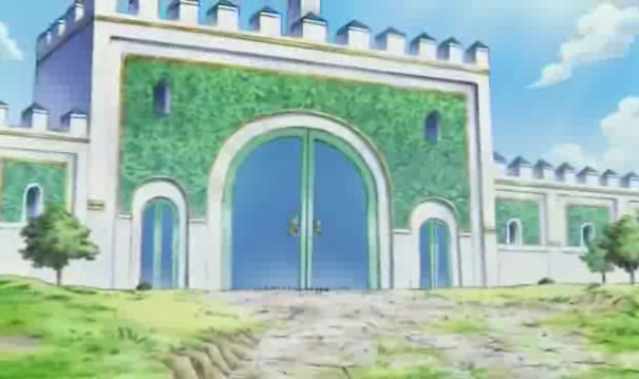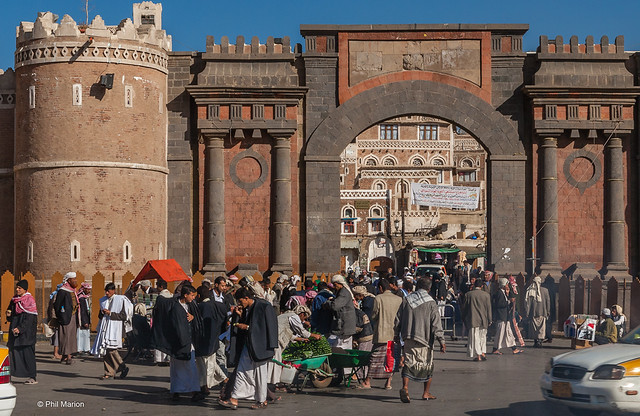@Monkey:
That's nice and all but those Persian structures look identical to the ones on Zou. And most certainly don't look like the Petra building you're mentioning. Which is in Jordan and not Yemen, so I'm really not sure why you're being resistant to something Iranian also being Zou based.
I was just giving an exemple . And I don't see the persian rock relief that are usually seen on Naqsh e rostam, you know these

It's just that the notion of people carving a mountain and living in it is not something unique to Iran, and is found all over Middle Eastern countries, so it's not that conclusive imo. The style of architecture of the buildings is on the other hand, and those are based on Yemen.But looks to me that either way it could end up being that Oda used two different countries, since the gate is definitely Bab El Yemen from Sana'a.
What does?
Why don't you try making a guess?
Variants that probably exist within the larger countries there like Algeria as well. That has nothing to do with the modern states.
Obsessing on the modern borders when discussing old architecture is seriously nonsensical sorry. Morocco has a stronger legacy of the modern state existing as based on something historical, but the other ones are cobbled together from at best city-state origins.
Lol seems to me that you're the one obsessing about it, since you're the one who ended up bringing up borders into this.
Really? I bet the tiles differ in the same manner between the regions around Oran and Constantine as well. Unless you're suggesting the French normalized tile architecture across the territory that eventually became Algeria. Which would be very strange to hear.
It's rather distinct yes, I find it to be actually closer to Spanish tiles. Not sure about that but the French (and even Spanish) did import their own building techniques to all the countries they colonized, and they even created a new style of architecture called Neo Moorish which is basically their romanticized vision of the original Moorish style.
Especially in the South, hmm. What about north Morocco. Different than the south I imagine!
Of course, but that doesn't exclude the fact there can be some noticeable differences. Tunisia for example is more influenced by the other Middle Eastern countries such as Egypt than Morocco or Algeria, because historically Tunisia has always been more influenced by the East and even the Ottoman empire. They were even ruled by an Ottoman dynasty iirc. The remaining two countries were more influenced by Al Andalus, since they housed many Moriscos who were kicked out of Spain. And they ended bringing with them the techniques and style of building that was found in Muslim Spain before la Reconquista.Tunisia also housed them but not as much as the other two. So one is more influenced by the Eastern countries, while the others perpetuated the style that was prominent in Spain, and almost to the letter. But that doesn't mean that things are that clear cut, since throughout history all those countries were influenced by many other cultures through trade and even colonization, and they created their own style(s), just because there are similarities doesn't make them homogenous, so even if you do visit one of them you'll end up finding that you should in fact visit all three, since they are so rich and have their own culture and style of architecture^^




















